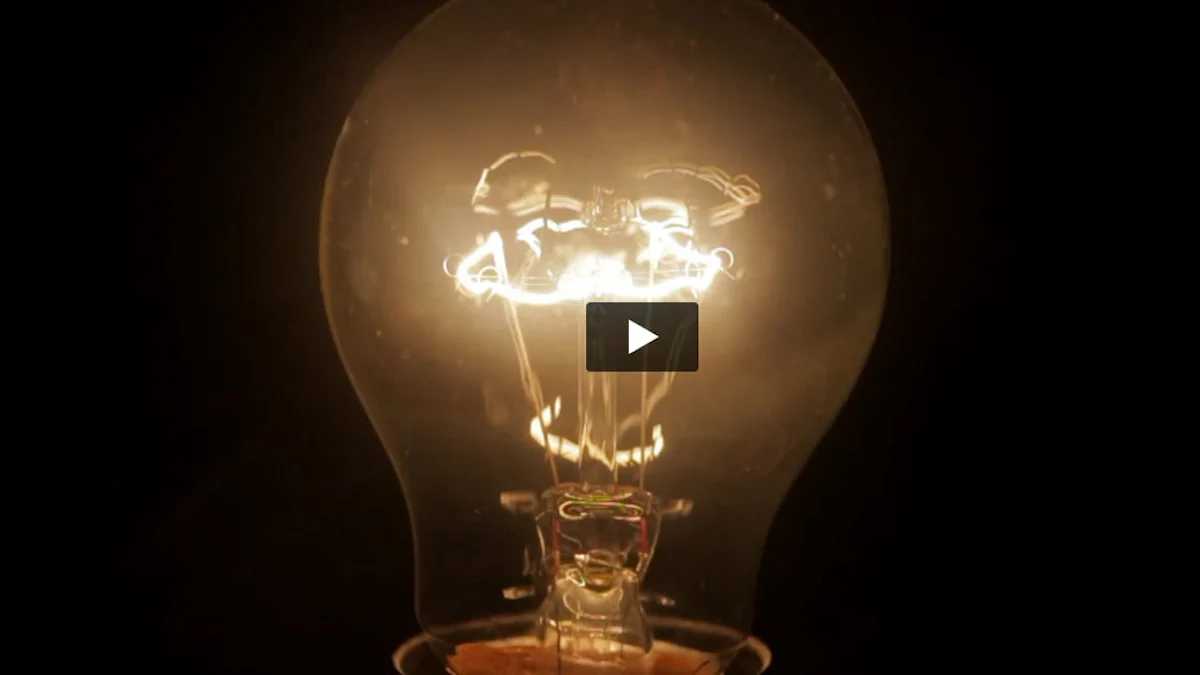How is energy transformed in a flashlight?

A Peek Inside My Flashlight: The Journey Begins
Discovering the Components of a Flashlight
As I delved into the inner workings of a flashlight, I was fascinated to discover the essential components that bring this everyday device to life. At the heart of every flashlight are three key elements that work in harmony to illuminate our path: Batteries, Switch, and Bulb.
Batteries: The Power Source
The batteries serve as the powerhouse of the flashlight, providing the initial spark of energy that fuels its operation. These compact containers hold chemical energy, which is later transformed into electrical energy to power the light source.
Switch: The Gatekeeper
The switch acts as the gatekeeper, controlling the flow of electrical energy within the flashlight. When toggled on, it completes the circuit, allowing the energy to travel from the batteries to the bulb, igniting a radiant beam of light.
Bulb: The Beacon of Light
The bulb stands as the beacon of light within the flashlight, where electrical energy undergoes its final transformation into radiant and thermal energy. Whether it's an incandescent bulb or a modern LED, this component plays a pivotal role in illuminating our surroundings.
The Initial Spark: My Curiosity About Flashlights
My journey into understanding how energy is transformed in a flashlight began with a simple question – what makes these handheld devices such powerful sources of light? This curiosity sparked my exploration into the intricate process that unfolds within every flashlight, unraveling its captivating transformation from chemical potential to radiant illumination.
Unveiling the Magic: How Energy is Transformed in a Flashlight
As we continue our exploration into the fascinating transformation of energy within a flashlight, we uncover the intricate processes that occur to bring forth illumination. The journey begins with the conversion of chemical energy stored in the batteries into electrical energy, followed by its ultimate manifestation as radiant light and heat.
The First Transformation: Chemical to Electrical Energy
The Role of Batteries
The batteries play a pivotal role in initiating the transformation of energy within a flashlight. These power sources contain chemical potential that is converted into electrical energy when the circuit is completed. This initial conversion sets the stage for the subsequent metamorphosis of energy.
Completing the Circuit
Completing the circuit is a crucial step in harnessing the latent potential within the batteries and transforming it into electrical energy. When the switch is activated, it allows for the flow of electrons, creating an electrical current that powers the bulb. This seamless transition from chemical to electrical energy marks a significant milestone in the journey of illumination.
The Final Transformation: Electrical to Light and Heat
How the Bulb Works
The bulb serves as the catalyst for converting electrical energy into radiant light, illuminating our surroundings. Whether it's an LED or incandescent bulb, this component harnesses electrical power and transforms it into a brilliant beam of light that guides our path.
The By-product: Heat
In addition to producing light, a portion of the electrical energy is also transformed into heat within the bulb. This by-product serves as a reminder of the dual nature of energy, where some is harnessed for illumination while a fraction dissipates as thermal warmth.
By unraveling these intricate transformations, we gain a deeper appreciation for how simple yet remarkable devices like flashlights can convert one form of energy into another, providing us with essential illumination when needed most.
From Chemical to Radiant: The Steps of Transformation

As we embark on the journey through the intricate transformation of energy within a flashlight, it's essential to understand the sequential steps that lead to the radiant illumination emanating from this humble device.
Step 1: Activating the Flashlight
When we activate a flashlight, whether through a simple toggle or button press, we set in motion a series of transformations that culminate in the emission of light. At the heart of this process lies the Switch, a seemingly unassuming yet crucial component that serves as the catalyst for initiating the flow of electrical energy.
The Importance of the Switch
The switch plays a pivotal role in completing the circuit and allowing electrical energy to travel from the batteries to the bulb. Its significance lies in its ability to regulate and control this flow, ensuring that illumination is only summoned when needed. This simple yet effective mechanism underscores how precise control over energy transformation is vital in everyday devices like flashlights.
Step 2: The Journey Through the Circuit
Once activated, electrical energy embarks on a journey through the internal circuitry of the flashlight. This path serves as a conduit for channeling and directing energy towards its ultimate destination – the bulb.
A Path for Electrical Energy
The internal circuitry provides a clear pathway for electrical energy to traverse, guiding it from its source in the batteries towards its conversion into radiant light. This seamless transmission underscores how each element within a flashlight works harmoniously to ensure an efficient and controlled transformation of energy.
Step 3: The Light at The End
As electrical energy reaches its final destination within the bulb, an awe-inspiring transformation occurs, giving rise to both radiant light and thermal warmth.
Electromagnetic Energy Emerges
Within the bulb, electrical energy undergoes an extraordinary metamorphosis into radiant light, illuminating our surroundings with its luminous glow. This captivating manifestation highlights how chemical potential stored within batteries can be harnessed and transformed into visible electromagnetic waves that guide our way.
The Unseen Hero: Heat
In addition to emitting light, a fraction of electrical energy is also converted into heat within the bulb. This by-product serves as a reminder of how every transformation of energy entails multiple outcomes, with some manifesting visibly as light while others remain unseen but equally impactful.
By unraveling these sequential steps of transformation, we gain deeper insights into how chemical potential stored within batteries is meticulously channeled and converted into radiant illumination when we need it most.
Reflecting on the Light: What We've Learned
As we reflect on the captivating journey of energy transformation within a flashlight, we gain a deeper understanding of the intricate processes that culminate in the radiant illumination emanating from this humble yet powerful device.
The Science Behind the Beam
The science behind the beam of light emitted by a flashlight is rooted in the remarkable transformation of energy. From its initial form as chemical potential stored within batteries to its ultimate manifestation as radiant light and thermal warmth, this process involves multiple stages and forms of energy. The electrons' flow through the circuit marks the pivotal moment when chemical energy transforms into electrical energy, setting in motion a sequence of events that lead to illumination.
My Personal Takeaways
In unraveling the magic of how energy is transformed in a flashlight, I am struck by the wonder of simple technology. Despite its seemingly straightforward nature, a flashlight embodies an intricate dance of energy conversion that powers our everyday adventures. This exploration has also encouraged me to embrace curiosity and exploration, recognizing that even mundane devices hold captivating secrets waiting to be discovered.
2024/4/30
See Also
Comparing Police Flashlight and Regular Flashlight: Which is Superior?
Comprehending the Drainage of Rechargeable Flashlights
The Progression of Flashlights: From Ancient Eras to Contemporary Innovations
Prolonging Flashlight Battery Life: Strategies for Enduring Performance
